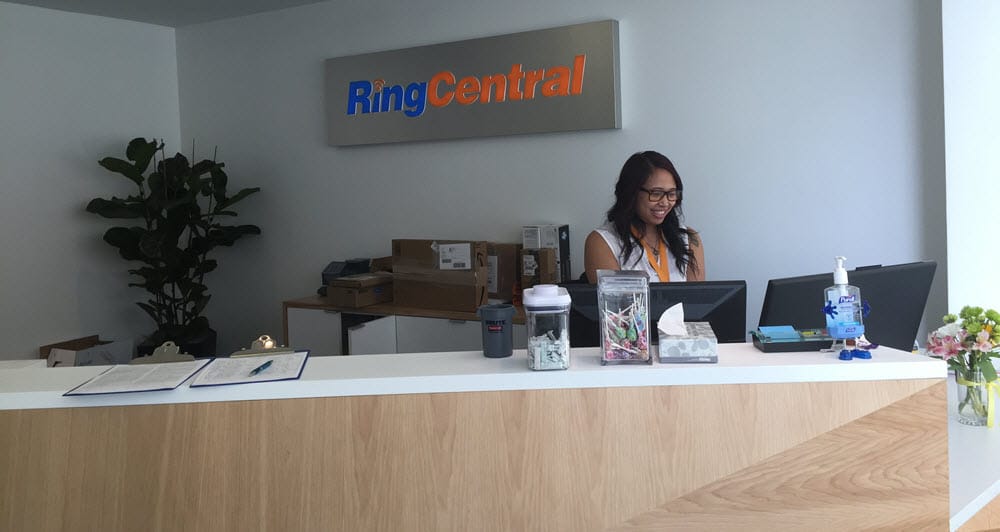
Possible Consequences
Unless they have a robust continuity plan in place, businesses hit by natural or manmade disasters can be left unable to fully function for days or even weeks at a time. How are staff to get to work? Is there an alternative office location? Can the key IT and telephony systems be duplicated at another location, or accessed remotely? Failure to have answers to questions like these and having an easy to follow disaster recovery plan can lead to days of lost business for call centres and other businesses whose income is heavily dependent on telephony.
When you consider the fragility of some of the technologies we rely on, it’s easy to see why so many businesses could be vulnerable. One downed telephone line can cut off an entire area and a power outage can hit multiple mobile infrastructure points at the same time, effectively disabling mobile communications. With extreme weather becoming more common place throughout the world, contingency planning for such scenarios (and a lot worse besides) is an essential part of growing a robust and future-proofed business.
Scales of Disaster
Bringing sustained wind speeds of 315 kph, Typhoon Yolanda wreaked huge destruction on the eastern part of the Philippines on November 2nd 2013. Some towns and villages were almost completely destroyed and vast areas were left without power or telecommunications of any sort. With both land and mobile telecommunications infrastructure devastated, communications were either lost entirely or became extremely limited. While the human cost was by far the most important consequence of Typhoon Yolanda, many businesses were devastatingly affected as a result.
While far smaller in overall scale, more local and targeted damage can also stop a business from fully functioning. Theft of copper from telephone networks, vandalism, or a network provider fault can all stop communications from working properly. Under prepared businesses will struggle in such cases.
Mitigating Strategies and Technologies
In such circumstances, what technologies are on offer to businesses that might be used to keep telephony up and running?
Voice Over IP (VOIP)
From the development of mass market VoIP services that used broadband internet, all the way to today’s corporate offerings than run specialised and powerful hardware appliances, VoIP offers a way to decentralise telecoms. Business users of VoIP can expect a high availability in the event of damage to their offices or to more general damage to a wider area. Assuming staff can get to a location with internet access, a laptop or smartphone may well be enough to have them making and receiving calls. While no system is totally fool proof, one of the attractions of VoIP is its location flexibility.
Session Initiation Protocol (SIP)
Often sold as a replacement for ISDN, SIP uses business grade internet connections to join your phone system to the Public Telephone System via a ‘SIP Trunk’. Because of this, much of the call routing in and out of your business is done by the SIP provider, who are typically in a totally different physical location. Because of this, in the event of your premises being unreachable or there being some greater infrastructure damage at play, your SIP provider can reroute to another location. SIP trunking offers high flexibility in the event of a disaster and, while there might be some need make minor reconfigurations to telephone systems, offers the capability to provide disaster recovery options for your business telephony.
Multiple Phone Systems
If your business has two sites then the option of site to site connected phone systems exists. Even if you operate a single site, there are providers of hosted telephone systems that can set the same thing up. By having two physically distant but inter-connected phone systems, only part of your infrastructure is brought down in the event of an outage. With the correct planning much of the work of switching staff from one system to the other can be done quickly and with low impact. While it is unlikely that this strategy could provide 100% perfect resilience, it could go a long way to shielding a business from the full brunt of outages.
Whatever disaster recovery methods for telephony a company uses, the effectiveness of the whole recovery plan will have a massive impact on how well a company deals with the disaster. Do staff know where they should work from in the event of a DR plan being implemented, for example?
Disaster can strike your business at any time and in a variety of ways. Once an effective, well designed and professionally managed telephone system is in place, telephony disaster recovery can be made a whole lot easier and you can rest safe in the knowledge that a change in the weather doesn’t mean a change in your businesses fortunes.
Originally published Apr 23, 2015, updated Aug 12, 2020



